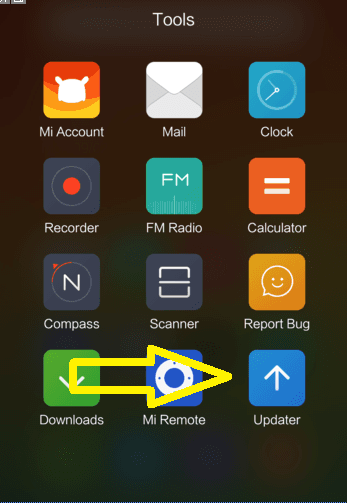To verify, go to ‘Control Panel’ → ‘Device Manager’ and verify if the device is being detected as ‘Android Bootloader Interface’. If it does, then you can skip this step and head directly to step #6 below. To do this, you will first need to install an archive utility like 7-Zip or something similar on your computer. Once you have it simply locate the downloaded Fastboot ROM on your computer, right-click on it, select ‘7-Zip’ and then ‘Extract here’.
This files fix bootloop and unroot your device and back to factory state your Xiaomi 11i Hypercharge. Xiaomi Mi 11i USB Driver allows you to connect your Xiaomi Smartphone to the Windows Computer https://www.caffetrombetta.it/stock-firmware/unpacking-the-sm-s327vl-a-detailed-look-at-specs/ without installing the Xiaomi PC Suite Application. The Xiaomi Mi 11i Driver can be helpful if you’re trying to transfer your files from the Mobile to the Computer or from the Computer to the Xiaomi Device. You can install the Xiaomi Mi 11i ADB Driver by downloading and extracting the driver on the Computer.
@moraisvinny If you can’t find the script, you may have the recovery flash image. It is the ability to flash these ZIP files that make the custom recovery the go-to choice for a lot of users. TWRP has made it extremely easy to flash any custom ROM (whether your device is A-only or A/B partition). But when it comes to flashing stock firmware, users opt for the Fastboot Command technique. However, in the case of Xiaomi devices, you could easily flash the stock ROM from the custom recovery itself.

Choose ‘Fastboot Stable’ then click Download next to the most recent version. Follow the prompts to download the software to your computer, then extract the contents of the Zip file. Xiaomi does not sell any of its phones with unlocked bootloaders, so if you do receive an unlocked Xiaomi phone then you can be certain that someone has messed with the software. Device manufacturers release the Stock ROM, which is considered the most stable ROM available for a particular device model and Android version. However, the Stock ROM typically lacks customization options and additional features.
- Every smartphone has its unique interface and features in its stock ROM.
- If you are facing any software error on Redmi Pro or any other application issue, it means your phone needs to flash.
- It also allows you to flash or install the Stock Recovery or Custom Recovery on the Xiaomi Device.
- But to make sure you take everything to your new device, you need a full backup.
- Click the “Download Link” at the bottom of the page.
- Xiaomi MiFlash Tool comes with In-Built Drivers which includes Google ADB Drivers, Microsoft MTP and RNDIS Driver, and Qualcomm USB Serial Driver etc.
The device is powered by an Octa-core Qualcomm SDM632 Snapdragon 632 processor coupled with 3/4GB of RAM and 32/64GB onboard storage. The storage can be expanded up to 1TB via microSD card. Factory images come directly from the device manufacturers, and many don’t release them. Google and Motorola are among the major companies that do. It’s normally possible to get factory images from Samsung and LG, but you may need to download them from third-party sites. In this case, you can download a flashable stock ROM direct from the OnePlus website. In Mi recovery mode, use volume keys to navigate and Power key to confirm.
